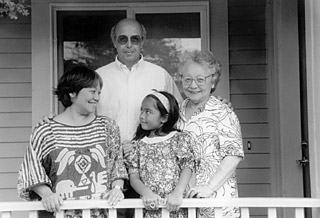Liberalism
Tracing their descent through capital-L Liberalism, as it has developed in Anglo-Europe since the seventeenth century, the architects of contemporary neoliberalism drew on classical liberalism’s utopianism of benevolent “free” markets and minimal governments. These earlier ideas provided a set of rationales, moral justifications, and politically inflected descriptions of the institutions of developing capitalism. Such institutions and their associated economic practices and social relations changed over time and varied across space; capitalism has never been a single coherent “system.” Liberalism has therefore morphed many times as well and has contained proliferating contradictions in indirect relationship to the historical contradictions of capitalism. In the United States during the twentieth century, the entire spectrum of mainstream electoral politics from “conservatism” to domestic “liberalism” has varied largely within the parameters of Liberalism. Only the far right and the left have provided illiberal or antiliberal alternatives to the overwhelming dominance of differing and conflicting forms of Liberalism in U.S. politics. 1
From the 1930s to the 1960s, a very limited form of welfare-state liberalism, or social democracy, shaped the U.S. nation-state and the political culture supporting it. The New Deal coalition defeated or marginalized antistatist conservatives (who were also Liberals in the classical sense) and absorbed or marginalized socialists and other progressive left critics of its limited version of equality within capitalism. During the 1950s and 1960s, criticism of the U.S. welfare state from both the right and the left intensified. Conservative antistatist attacks on New Deal social-welfare programs mounted as the new social movements pressed from the left for more equitable distribution of many kinds of resources. Then, during the 1970s, the social movements encountered a new pro-business activism that ultimately seized the primary institutions of the state over the next two decades.
- My discussion of the history of Liberalism here is necessarily highly truncated. The literature on this topic is vast. For good introductions, see Karl Polanyi, The Great Transformation (Boston: Beacon Press, 1944); and Wendy Brown, “Liberalism’s Family Values” in her States of Injury (Princeton, NJ: Princeton University Press, 1995), 135-65.[↑]



